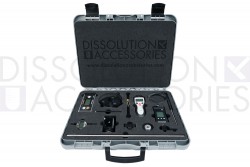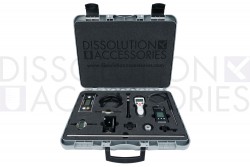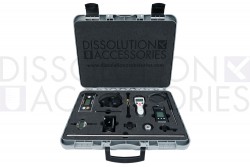Calibrated and certified digital thermometer
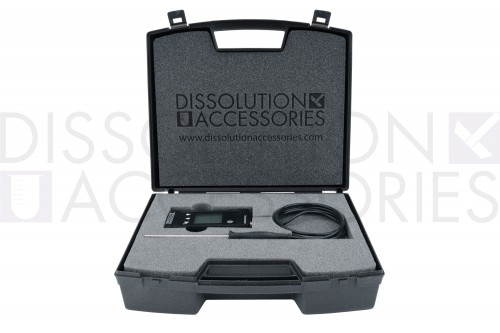
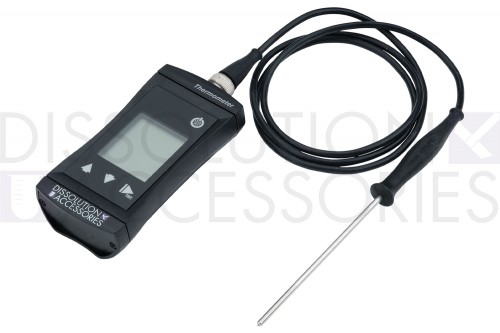


PSTHERMD-LC
Calibrated and certified digital thermometer
Complete with NIST traceable calibration certificate
It is ideal for validating dissolution bath and media temperature as well as general lab use.
A simple switch lets you set the digital display to show either Celsius or Fahrenheit readings.
Calibrated and certified digital thermometer
| Product number | PSTHERMD-LC |
| OEM | Universal |
Complete with NIST traceable calibration certificate
It is ideal for validating dissolution bath and media temperature as well as general lab use.
A simple switch lets you set the digital display to show either Celsius or Fahrenheit readings.
- Precise universal thermometer with BNC connection for interchangeable sensors. The temperature probe is a 2-wire Pt1000 with a measuring range of -70°C to +250°C and has a 1 meter cable. Calibrated and certified digital thermometer.
- The thermometer gives a precise read-out of temperature over the range of – 70.0 to +249.9°C with a 0.1 °C/°F resolution and an accuracy of – 20 to +100 °C: ±0.1 K ±1 Digit otherwise 0.1% of measured value ±2 digits, plus sensor inaccuracy. The thermometer will power off automatically after 15, 30, 60, 120, 240 minutes (User programmable, maximising battery life. This feature can be disabled if required.
- Low battery (icon) indication are displayed, when applicable. Each G17o0 is powered by two AA batteries with a minimum life expectancy of 5000 hours in normal use without the backlight.
- The new handheld measuring devices also impress with their ergonomic design, dust and water-protected design in accordance with IP67 and the illuminated display.
- The compact thermometer with a practical BNC connection for interchangeable sensors or as a complete device including sensor with maximum overall precision.
| Probe | Stainless steel. 3mm diameter, 100mm insertion length |
| Sensor | Pt1000 with 1m cable and BNC |
| Temp range | -70 to +250°C |
| Resolution | 0.1°C (0.01°F) |
| Accuracy | ±0.2°C (±0.02°F) |


